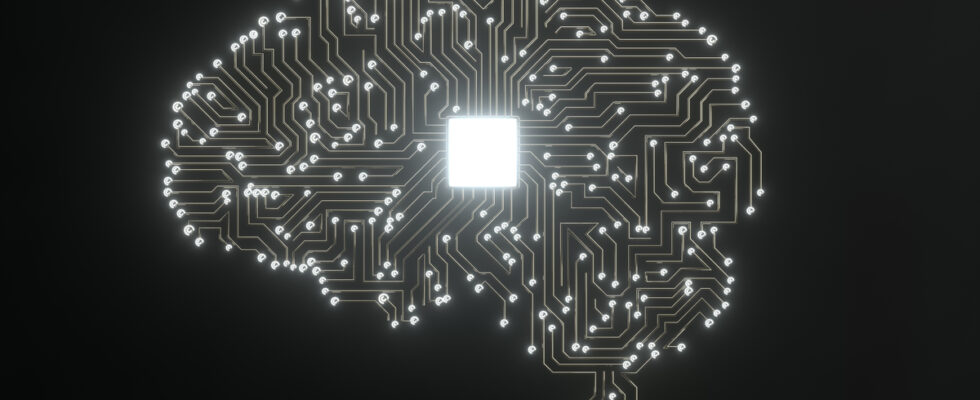Midjourney or Stable Diffusion allow you to very quickly generate a multitude of images from prompts. If the result is displayed in a few seconds, it takes a hundred steps to get there. Researchers at the Massachusetts Institute of Technology (MIT) worked on a new system to reduce these steps and achieve 30 times faster display of generated images.
A new technique called Distribution Matching Distillation
As explained by our colleagues from Future, the creation of an image by a generative AI goes through several stages. A tool like DALL-E, for example, retrieves an image from its database that is close to what was requested by the user. It is then destroyed and a random noise field is created. Several other steps take place to eliminate random noise and create an image corresponding to the prompt.
MIT researchers managed to reduce all of these steps into one with a technique called Distribution Matching Distillation (DMD). This method is divided into two components, the first is called regression loss. During this step, the images are organized according to their similarity during the training phase.
The second component is distribution matching loss. This allows the image to reflect as much as possible what exists in our world.
Images generated 30 times faster
To summarize, the DMD technique allows the AI to extract the maximum number of images that meet the request from its database. The model then selects those that most closely match what is found in the real world.
Images are generated 30 times faster while reducing the risk of strange renderings. The necessary computing power is also decreasing.
